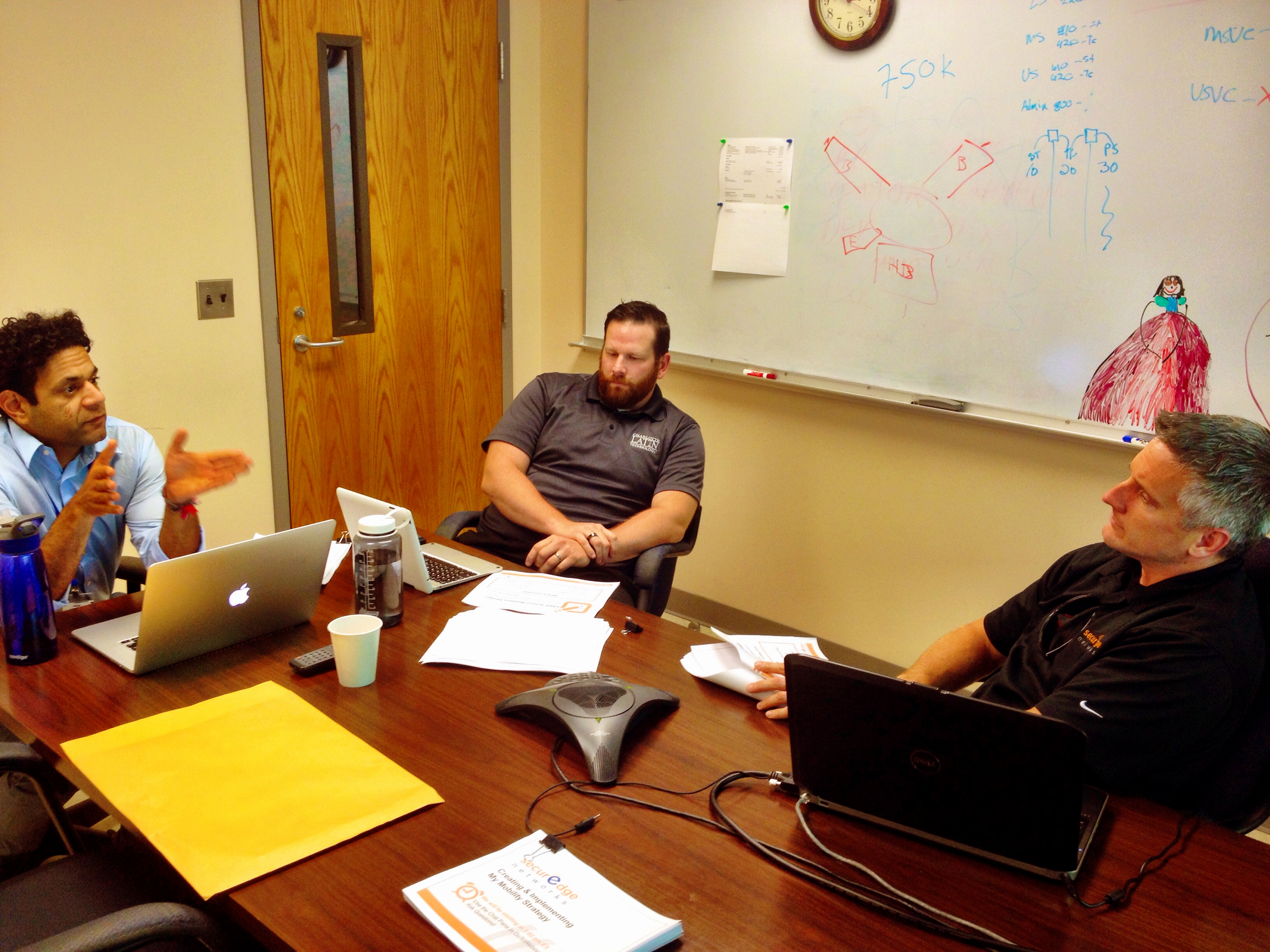by Danny Mareco, Secure Edge Networks
Creating a successful wireless network at any school isn’t very different than baking a cake. There are many different ingredients and many different factors involved that all work together to make the cake not look but taste good and the same is true with building a school wireless network.

But where do you start, what kind of recipe should you use?
When thinking about these questions I always look back to a recent conversation I was apart of with Guy Ben-Eliyahu the IT Director from Charlotte Latin School here in Charlotte, NC. As the IT Director, Guy is responsible for each decision and each success or failure.
His insights and experiences open my eyes even more to the challenges that schools face and just how critical their roles have become in creating a successful and safe learning environment for students today.
There are many decisions and moving parts to mobility and wireless network design, here are my biggest lessons from my conversation with a school IT Director.
What is Mobility?
To different people at different levels and at different points in the process, mobility can be viewed in many different ways. Guy from his viewpoint as an IT Director at a very large and prominent school, was able to make it simple and make it clear as to what mobility really boils down to, saying,“We’re making technology accessible for our students and faculty in and out of the classroom.”
Also Read | "School Wireless Network Design: A Lesson in Mobility"
Evolving Classrooms Mobility is changing and evolving the current model of what the classroom looks like. He continues to describe saying,
“Before you used to have labs where students used to go to,...sitting down in chairs in front of desktops, or a classic classroom where you would have a desktop connected to a projector, and thats what you had.
But now what we’re saying is mobility allows our students to have a mobile device in a classroom setting, outside of a classroom setting,...enabling our faculty the enhancement of curriculum with technology. It’s there, it’s available and its all up to that faculty member to say I need to use this,...it allows them the flexibility.”
With the increased popularity of the cloud, blended or flipped learning and interactive content the classroom has clearly transformed in a very short period of time. At Charlotte Latin Guy’s approach to mobility has led to,

“a more collaborative space, a flex space where we can bring students together in groups of three and four to do discussion or research, and then dispersing them to do individual work…”
It’s this shift in ideology combined with major advances in technology that is driving a new kind of wireless network design and the way you approach and build them.
BYOD
BYOD has become a somewhat overused term in today’s wireless world, however, it’s still a critical aspect and for good reason, bring your own device shouldn’t and can’t be overlooked and as they say at Charlotte Latin you don’t want it to be “Bring Your Own Disaster”.There are all sorts of technical and financial pieces to BYOD but really the driving force should be the why. We always talk about the application driving the infrastructure and with BYOD from Guy’s point of view definitely agrees with this.
“We want to be able to support anything that comes on our environment, regardless of the platform.”
Also Read | "The Solution to BYOD in Schools"
Where do you start?
Some school wireless networks are in need of major upgrades to support the latest mobile technologies and curriculum. One of the biggest challenges is how to decide where to start, it can seem overwhelming and it can be an uphill battle to move forward with mobility.
It starts again with the applications. Today in education
we have access to an incredible and increasing amount of online
resources, and most importantly teachers and students are choosing to
utilize those online resources.
“With a team of 2-3 IT members trying to support 250
faculty members and 1400 students how do you support them,...it can be
chaotic and you can be constantly putting out fires and having to react
to issues that are arising.”So what do you do?
According to Guy and we agree with him, “You start with your infrastructure, a solid, solid infrastructure.”
For Charlotte Latin this meant a brand new core, new switching, a bigger pipe which increased their bandwidth (connectivity) from 45Mbps to 300Mbps with the ability and plan to go to half a gig to a full 1Gbps in the future.
Also Read | "7 Wireless Network Design Steps Every School Should Master"
Moving to mobility their mission was to move away from hosting servers locally, taking everything to the cloud. Guy wanted to enable mobility and online resources by having a solid infrastructure that can flex and grow to support current and future initiatives.
“You’re not tied to wherever those servers are, you’re tied to wherever you have wifi or a connection, and thats the goal, we don’t want you to be limited or tied to a certain facility.”
When we started giving students or allowing them to use mobile devices a shift in school wireless network design started, now we are not just supporting the faculty but the students as well.
Rome wasn’t built in a day though and neither were any successful school wireless networks, it takes planning, collaboration and the right infrastructure.
No comments:
Post a Comment